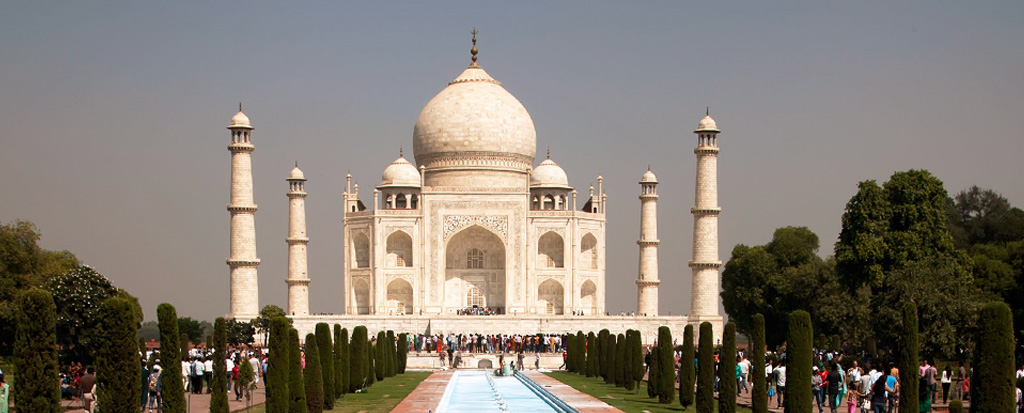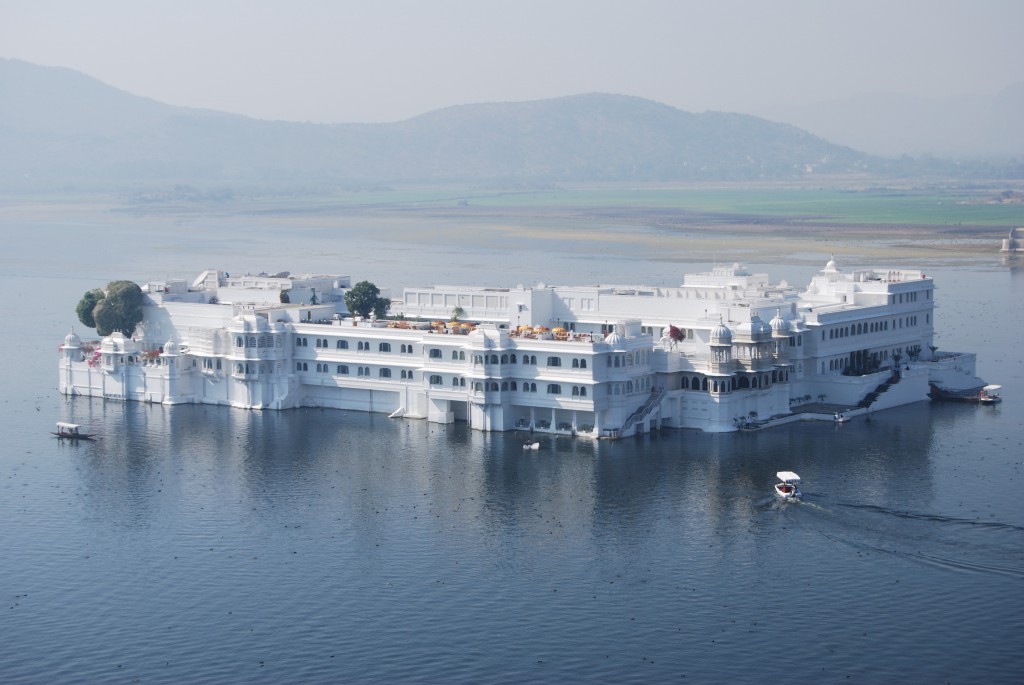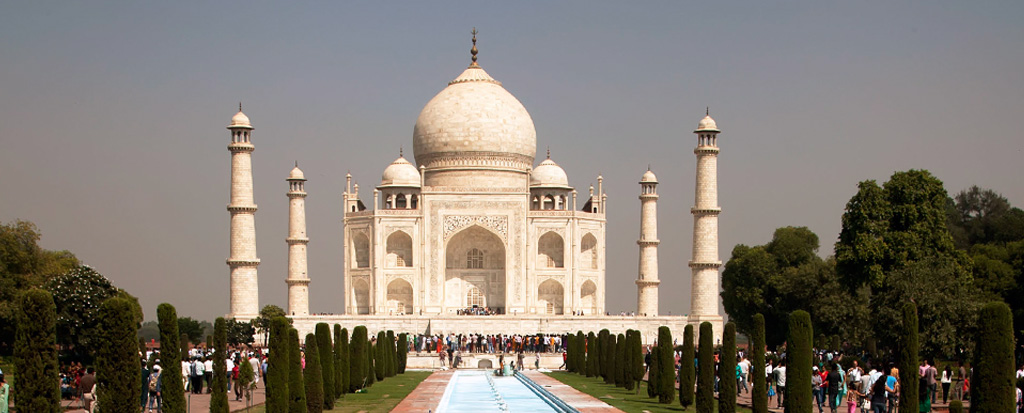North Goa is the northerns district of Goa, which covers the cities of Panaji, Old Goa and Vasco-da-Gama. North Goa is the major tourist attractions of Goa. The district was the first to be acquired by the Portuguese. Afonso De Albuquerque, a Portuguese traveller, occupied Goa with little initial opposition. In 1530 Goa became the capital of the Portuguese Empire in the East and mistress of the sea from the Cape of Good Hope to the China Sea. The first printing press of moveable types in the whole of India printed Doutrina Christa written by Francis Xavier & Garcia de Orta called Colloquios Dos Simples Drogos Medicinais. In 1961, with hardly any bloodshed, Goa was liberated from the Portuguese to remove the last vestiges of foreign domination in India. Goa attained statehood on 30th may, 1987 and was divided into two districts North Goa & South Goa.
HOW TO REACH
By Air :-
Dambolin Airport in Goa is the only airport in Goa. It is situated in Vasco-da-Gama, 29 Km from Panajim. Buses, taxis and auto-rickshaws are available from Vasco as well as Panajim to visit nearby places.
By Rail :-
Vasco-da-Gama rail station is connected by train with the major cities of India. One can easily get taxis and buses for sightseeing in North Goa.
By Road :-
Panaji, the capital of Goa, is connected by road to Bangalore-598 Km, Mumbai-594 Km, Hubli-184 Km, Kolhapur-246 Km, Mangalore-371 Km, Mysore-696 Km and Pune-458 Km
WHAT TO SEE
Anjuna Beach:-

The most visited beaches of Goa, Anjuna Beach is a stretch of straight sand, with a backdrop of feathery coconut groves. It’s a big favourite with backpackers and travellers staying on for a long time. Anjuna is known for its flea market, held under the shady coconut groves, every Wednesday.
Arambol:-

Arambol is a beautiful stretch of silky sand dotted with basalt rocks, and is still comparatively uncluttered. There is a freshwater lake and some sulphur springs, close by.
Calangute and Baga Beach:-

A favorite haunt of the Hippies, Calangute still attracts thousands of tourists. Though the beach is still active and the ‘Om Namah Shivai trance’ continues to linger; today, Calangute is a far cry from what it used to be. Baga formed a twin beach with Calangute, and therefore shares Calangute’s colourful past. Nestling close to the estuary, this beach has more character.
Basilica of Bom Jesus:-

Built in 16th century is the most popular and famous of all churches in Goa. The mortal remains of St. Francis Xavier, kept in a silver casket, are enshrined here. This church dedicated to Infant Jesus is now a world Heritage Monument.
Panjim:-

Capital of Goa, Panajim is the mai attraction of Goa. Panajim is gateway to Goa and has the best of services for the tourists. One can find the charm of golden days in the building and monuments of Panajim. Golden beaches, beautiful churches and equally good people of Panajim can make anyone want for more.
Vasco da Gama:-

Vasco da Gama is a popular tourist destination in Goa. Named after the Portuguese explorer Vasco da Gama is the largest city in the state of Goa.Vasco da Gama over the years has come up as an important commercial and tourist center in Goa. The city is home to a large port where several vessels come to deposit raw materials.
Se Cathedral chruch :-

Se Cathedral is the largest church in Asia and is known for its giant bells and exquisite architecture. With a classical Iberian façade, the impressive Se Cathedral symbolized Portugal’s commitment to the Catholic Church as well as its overwhelming supremacy.
The Chapel of Our Lady of the Mount:-

The Chapel of Our Lady of the Mount is situated on top of the hill behind the St. Cajetan Church. The chapel was build in 1510 by Alfonso de Albuquerque after his victory over the Goan Muslim ruler Yusuf Shah and was renovated in 2001. The Chapel is brightly white washed and is bypassed by many tourists.
Aguada Fort:-

Aguada Fort is located at a distance of around 18 kilometers from Panaji and is a striking picture of beauty and magnitude. It was built in the 16th century by the Portuguese and a part of it has now been converted into a luxury beach resort. The fort was named Aguada which means “water” in Portuguese because of the presence of three freshwater springs inside. The Aguada fort also houses a central jail within its premises.
SHOPPING:-
The excellent and unique local handicrafts of Goa are the most popular souvenir items and include brassware, terracotta, shell work, crochet, carved furniture, bamboo work, etc. These are readily available in the Government Emporia and also at shops and stalls near the popular tourist spots. Another item which every traveler would love to take home is a packet of salted, plain or masala cashew nuts, available at every market shops.






Recent Comments